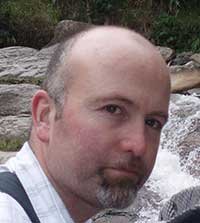- Policy
- Posted
The natural step
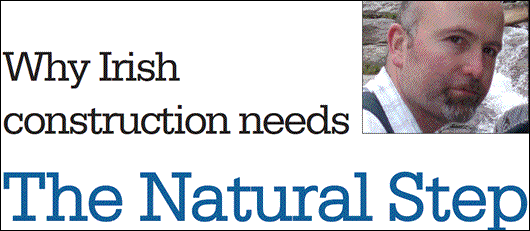
A framework for strategic sustainability is essential if we’re serious about greening the Irish built environment. According to green architect Pat Barry, we should look no further than The Natural Step.
If we are to transform the Irish built environment and its entire supply chain to sustainability where should we start? It might be useful first to define what a sustainable built environment looked like so that we could share an agreed common vision. However as each sector has an alternative scenario based vision this leads to paralysis as each scenario is debated to a stand still. This is due to our tendency to deal with each aspect of unsustainabilty with separate disconnected solutions whether this be the passive house approach, electric cars, or even nuclear power.
It would help to have a shared vision that we could all agree on, based on overarching principles for sustainability. However principles need to be simple enough to be understood, broad enough to be comprehensive, but detailed enough to provide clear guidance and be free of ambiguous interpretation. And most importantly they should be scientifically robust.
Dr Karl Heinrich Robèrt, the Swedish oncologist and founder of The Natural Step organisation, defined principles for sustainability within the biosphere with the consensus of Sweden’s leading scientists. These were refined by continued iteration to four concise non overlapping conditions for sustainable development as follows.
In a sustainable society nature is not subject to systematically increasing ...
- ..concentrations of substances extracted from the earth’s crust
- ..concentrations of substances produced by society
- ..degradation by physical means
- And, in that society...
- people are not subject to conditions that systematically undermine their capacity to meet their needs.
These conditions are at first sight surprisingly concise, but on closer scrutiny cover all the accumulating anthropogenic damage to the biosphere from the build-up of green house gases, bio-toxins, through to the systematic destruction of ecosystems, and trust in social and cultural systems. The term ‘systematically increasing’ is important as it is the accumulating nature of the damage to the biosphere and people’s needs that matters. A vision for sustainable development therefore should not violate any of these four principles.
So how do we plan a strategy to reach this goal of sustainability? When planning long term goals in Ireland we tend to trap ourselves in the paradigm: “Ah! But this is Ireland – people would never accept that!” In other words we restrict our vision to current realities. We forecast what will happen in the future by extrapolating our present problems, by assuming a continuance of our current way of living, assuming the same model of business, using our existing technologies or ones we can imagine.
Backcasting takes planning from the other end. We decide on a principle-based vision unconstrained by current reality or ingrained cultural mindset, however much at odds with the way the building industry and business currently operates. We then work backwards step by step from this vision to our current reality. We create our future rather than be a prisoner of the present. Because the shared vision is principle-based, the strategies and actions to achieve it can be flexible and these can change with circumstances. Like a game of football if we are unexpectedly 2-0 down at half time we can change strategy and direction. The rules (principles) and the goal (the vision) remain the same.
In planning strategy to reach an end goal there may be a very large number of actions that bring us closer to that vision. We generally cannot carry out all those actions simultaneously so we must prioritise our actions to those that most effectively move us in the right direction but without entering cul de sacs. Three key questions should always be asked when deciding which action should be prioritised.
1. Will this action bring us closer to our end goal or success?
2. Does this action provide a flexible platform that can be built upon?
3. Does this action provide a good return on the investment?
A practical example of how this criteria might be applied is when planning on measures to achieve a low or zero carbon building at some stage in the future. Reality might require a choice between spending the money on an airtight super insulated fabric or on a bolt-on renewable energy system. The first option will meet the three criteria above as we can always add the renewables at a later stage when these technologies have improved and we have saved the money from the lower energy bills. Another benefit is that the renewable energy system when we do fit it, can now be much smaller. It would be difficult to do the reverse and add the low energy fabric later if we had prioritised the renewables over the fabric. Therefore the first option offers the more flexible platform to build upon and the better return on investment while bringing us closer to success.
This strategy can equally be applied to developing the likes of a green materials sector or an integrated transport and planning policy. It is also useful in framing how we might develop strategies, tools and metrics to measure our move towards sustainability. If we design these correctly we will incentivise those actions that can be built upon rather than those which lead into a dead end.
Pat Barry is initiating an Irish Green Building Council with Devyn Olson Sawyer, Eásca and key industry organisations and companies.
- Articles
- policy
- The natural step
- Irish built environment
- Sustainable Vision
- Irish Green Building Council
Related items
-
How to thrive in the new, green EU policy landscape
-
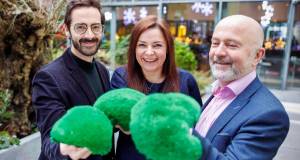 Planning guidance to cut carbon emissions previewed at IGBC conference
Planning guidance to cut carbon emissions previewed at IGBC conference -
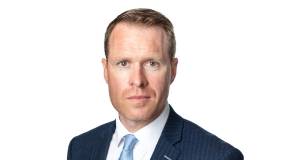 #BuildingLife series: Addressing the environmental impacts of buildings across their lifecycle
#BuildingLife series: Addressing the environmental impacts of buildings across their lifecycle -
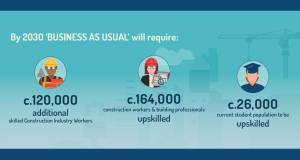 Ireland's climate targets threatened by critical skills shortage in sector
Ireland's climate targets threatened by critical skills shortage in sector -
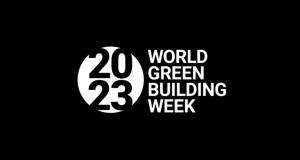 Irish Green Building Council launch event to promote sustainable building practices
Irish Green Building Council launch event to promote sustainable building practices -
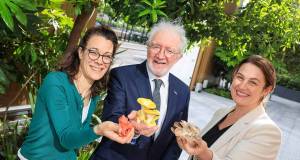 IGBC launches biodiversity building professionals network
IGBC launches biodiversity building professionals network -
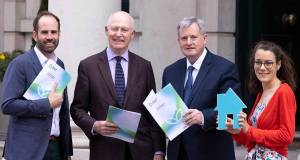 Healthy Homes Ireland launches indoor environmental quality report
Healthy Homes Ireland launches indoor environmental quality report -
Ireland joins whole life carbon data initiative
-
WorldGBC launches green building policy principles for governments
-
 Mass timber consultation: have your say by 21 April to change the rules
Mass timber consultation: have your say by 21 April to change the rules -
 Roadmap targets embodied and operational carbon
Roadmap targets embodied and operational carbon -
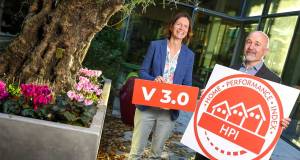 IGBC launches updated sustainable homes rating system at Better Homes 2022
IGBC launches updated sustainable homes rating system at Better Homes 2022

